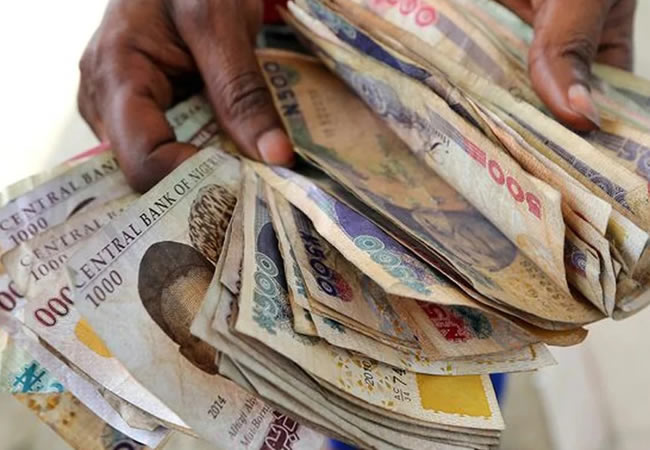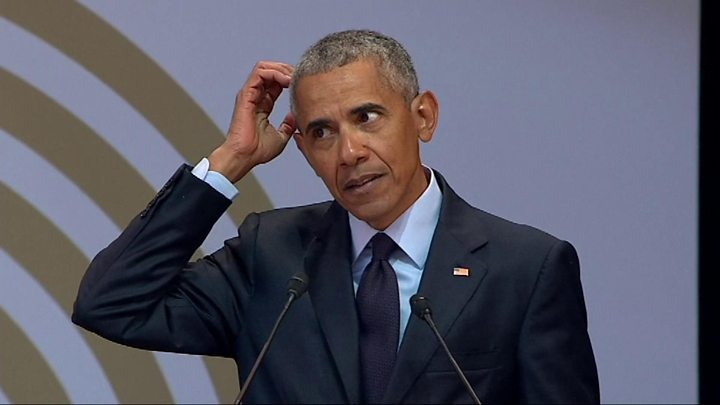Tuesday saw another decline in the value of the naira, the indigenous currency of Nigeria, which had recovered the previous week from a significant blow to daily foreign exchange demand. After the exchange rate at the Nigeria Autonomous Foreign Exchange Market (NAFEM) reached N1,000, it established a new range for price action.
The market anticipates that year-end remittances from Nigerians living abroad would completely dominate the foreign exchange market. But there seems to be a swing in the trend that has been seen in recent years.
Rather than rates decreasing on the underground market in anticipation of Nigerians trying to convert US dollars and other foreign currencies to naira. Instead, the demand for foreign exchange has fluctuated in the parallel market, raising doubts about the prediction that the local currency will regain balance in 2023.
Data from the FMDQ FX OTC platform showed that the Naira depreciated by 0.09% at the official market to close at N865.03 per dollar from N864.29. Similarly, in the parallel market, the Naira also depreciated by 2.32% to close at N1,235 per US dollar due to sustained demand for buckets of foreign currencies.
Still, Nigeria’s foreign reserves remained tight below $33 billion, according to data from the Central Bank website. The gross external reserve has seen low accretion from forex sources but the government plans some foreign currency raise.
While the timing isn’t clear yet, there is a probability that the debt office could make the move in the first quarter of 2024 after President Bola Tinubu sought approval from lawmakers. >> Naira Devaluation Deepens Economic Crisis in Nigeria
In the global commodity market, oil prices showed a negative trend, with Brent Crude declining by 2.87% to trade at $73.85 per barrel and WTI also declining by 3.08% to trade at $69.13 per barrel on Tuesday.
Nigeria US Dollar Bond Yield Drops To 10.4%














